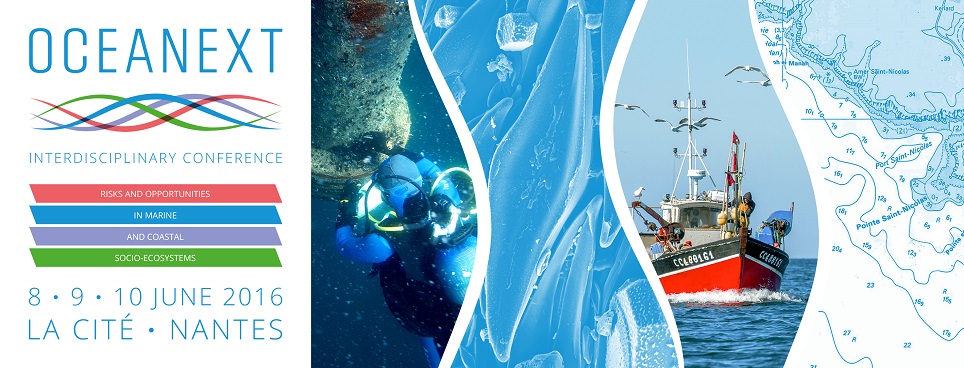Lipids are involved in cell recognition mechanisms, transmembrane signaling, growth and cell differentiation. Therefore, they are considered as particularly interesting biologically active molecules. Interest in oleaginous microorganisms (yeasts, bacteria, algae and fungi) is currently increasing because they are considered as a renewable source of lipids through fermentation process. Among these organisms, marine-derived fungi represent an undeniable and under-explored source of potential lipids for health and nutrition. Recent studies have reported the isolation of antitumoral cerebrosides – a class of glycolipids – from marine-derived fungi. After a large screening within our marine-derived fungal collection, 13 Acremonium sp. strains were selected and grown on Dextrose Casein Agar medium. Lipid crude extracts were separated into lipid classes using open silica gel column chromatography, and the glycolipid-enriched fractions were profiled by GC-MS as-well-as by HPLC-IT-TOFMS using lipidomic approaches. Moreover, these fractions have biological activities when evaluated on KB cells. One strain, Acremonium sp. MMS540, showing the lowest IC50, was chosen to conduct an OSMAC approach using six different culture media. Promising activities (IC50 between 7 and 48 µg/mL) were observed for the six glycolipid-enriched fractions. Lipidomic approach was performed to correlate chemical diversity and biological activity.
- Autre

 PDF version
PDF version
